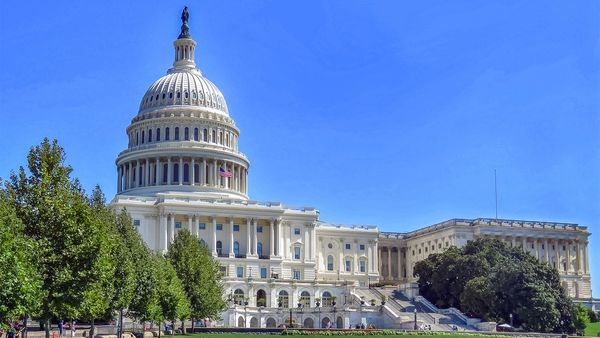In light of awful flight delays, cancellations, and even luggage loss (1,000 pieces to be exact) at the hands of Delta Airlines (DAL), the world of air travel hasn't looked so appealing lately.
But that may be about to change. JetBlue (JBLU) announced on July 28, 2022 that it will acquire Spirit Airlines (SAVE) in a whopping $3.8 billion dollar deal (in a diluted equity value, adjusted enterprise value of $7.6 billion).
Robin Hayes, the chief executive officer of JetBlue, addressed the news in a public statement, saying, "We look forward to welcoming Spirit’s outstanding Team Members to JetBlue and together creating a customer-centric, fifth-largest carrier in the United States. Spirit and JetBlue will continue to advance our shared goal of disrupting the industry to bring down fares from the Big Four airlines. This combination is an exciting opportunity to diversify and expand our network, add jobs and new possibilities for Crewmembers, and expand our platform for profitable growth.”
But if you've ever flown Spirit or heard of it, you've likely already experienced or heard about what a rollercoaster of an experience it can be. Travelers have extremely mixed reviews, with some experiencing excessive mist on their flight, while others watched as a fight broke out mid-air.
Twitter (TWTR) user Jeremy Padawer sums up pretty well in the tweet below.
Though it is difficult to speculate what JetBlue will change with Spirit Airlines, it is fair to consider the current differences between JetBlue and Spirit and speculate what might change.
Changing The Upcharge System

Shutterstock
JetBlue is known for being low cost, having great amenities such as free TV and music, fast Wi-Fi, and snacks. On the contrary, Spirit is no frills, so everything extra means an upcharge. Getting a seat assignment costs extra, as does checking a bag ($65 for the first, $44 for the second, and $85 for the third).
Alternatively, JetBlue has much more reasonable checked bag costs, with the first bag at $35 and the second at $45.
Flight Comfort

Shutterstock/Getty Images
Spirit Economy seats are notorious for being uncomfortable. They are slim, have reduced padding, tiny tray tables, and closely packed seats. Flyers can purchase Spirit Premium seating, where one is offered the chance to buy wifi and have 11 more inches of room (but it costs $31).
Comparatively, JetBlue Mint has TVs, ambient lighting, moveable and comfortable seats, doors for privacy, food, cocktails, pillow and blankets, and noise-canceling headphones.
Customer Service

Getty Images
In the past, Spirit has drawn reviews of bad customer service both in and outside the aircraft. From a pool of 4,282 customer reviews for Spirit Airlines on the website Skytrax, staff service was rated 2/5 stars and value for money 2/5 stars, with one flyer remarking, "I have never received such poor treatment in my life."
JetBlue holds a more favorable reputation in reviews overall. It received 3/5 stars on the same website (but based on significantly less reviews, 1,308 to be exact), but many of the reviews were also negative, calling the airline unprofessional. One reviewer even said "JetBlue is the new Spirit."

TheStreet
Booking a flight
Since Spirit is much tinier than JetBlue, its schedules are increasingly stricter. This means if a flyer is interested in travel to a more unknown city or area, it may be hard to find a cheap flight on Spirit. With JetBlue, however, it may be easier, as Spirit only has 173 aircrafts in its current fleet, shuttling travelers on over 500 flights daily. JetBlue sends flyers on over 1000 flights daily and has more than 280 aircrafts in its current fleet.
Destinations

Shutterstock
Both JetBlue and Spirit differ in where they are able to fly. Internationally, the furthest Spirit can go is Lima, Peru. Spirit mainly focuses on traveling to Central & South America and various islands in the Caribbean. JetBlue, on the other hand, can go as far as Singapore and serves various other locations, significantly more than Spirit.







